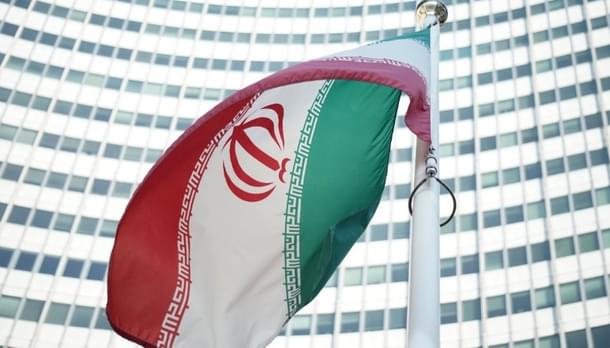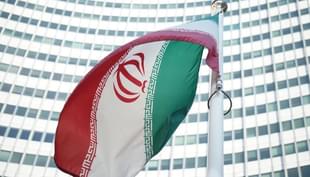News Brief
Fake BARC Scientist Claimed Nuclear Fusion Breakthrough, Tried To Sell Design To Iranian Firms: Report
Swarajya Staff
Nov 05, 2025, 04:48 PM | Updated 04:48 PM IST
Save & read from anywhere!
Bookmark stories for easy access on any device or the Swarajya app.


Fresh details have surfaced after the arrest of a 60-year-old man who posed as a BARC scientists with investigators reportedly claiming he tried to sell a purported nuclear-related design to companies in Iran on the pretext of "scientific collaboration" and "research partnership".
Akhtar Hussaini Qutbuddin Ahmed and his brother Adil, both under arrest, attempted to sell a purported design purported to a lithium-6 reactor, through VPNs and an encrypted network, NDTV reported citing sources in the probe agency overseeing the case.
Investigators found that the duo had travelled to Tehran around March and April this year, and made repeated visits to Iranian embassies in India and Dubai.
The sources added that the brothers even deceived an Iranian diplomat in Mumbai — posing as senior BARC scientists and showing fake details and reactor blueprints.
According to the sources, such fraudulent activities were being carried out on the pretext of a "scientific collaboration" or "research partnership".
A lithium-6-based fusion reactor breeds tritium fuel and uses molten lithium to remove heat from the fusion reaction.
A lithium-6 fusion reactor, in principle, breeds tritium and uses molten lithium to manage heat — a concept far from proven in any real-world setup.
The accused allegedly told Iranian firms that they had built a lithium-6-based fusion reactor prototype to control plasma temperatures. They even claimed to have tested a lithium-7 variant that failed due to "plasma heating failure".
According to the scientists linked to the probe, the prototype referred to by the accused was created theoretically but there is no scientific evidence to prove its operation.
They further confirmed that lithium-7 is scientifically unsuitable for any fusion reaction.
The brothers used technical jargon — nuclear physics, isotope chemistry, plasma dynamics — to confuse questioning officers.
The police had to involve plasma physics and nuclear engineering experts to understand the technical details of their statements.
Akhtar, from Jamshedpur, was earlier arrested by Mumbai Police, while his brother was held in Delhi.
Over 10 maps and data allegedly linked to nuclear weapons were seized from Akhtar’s possession.
The police recovered multiple forged IDs, including fake passports and Aadhaar cards. While one of the IDs identified him as Ali Raza Hussain, the other named him Alexander Palmer.
The money trail dates back to 1995, when the duo began receiving foreign payments — starting in lakhs and rising to crores after 2000.
It is suspected that this money was paid in exchange for secret blueprints related to BARC and other nuclear plants.
Also Read: Jamshedpur Man Held In Delhi for Spying, Forged Passports; Linked To Foreign Nuclear Scientist




